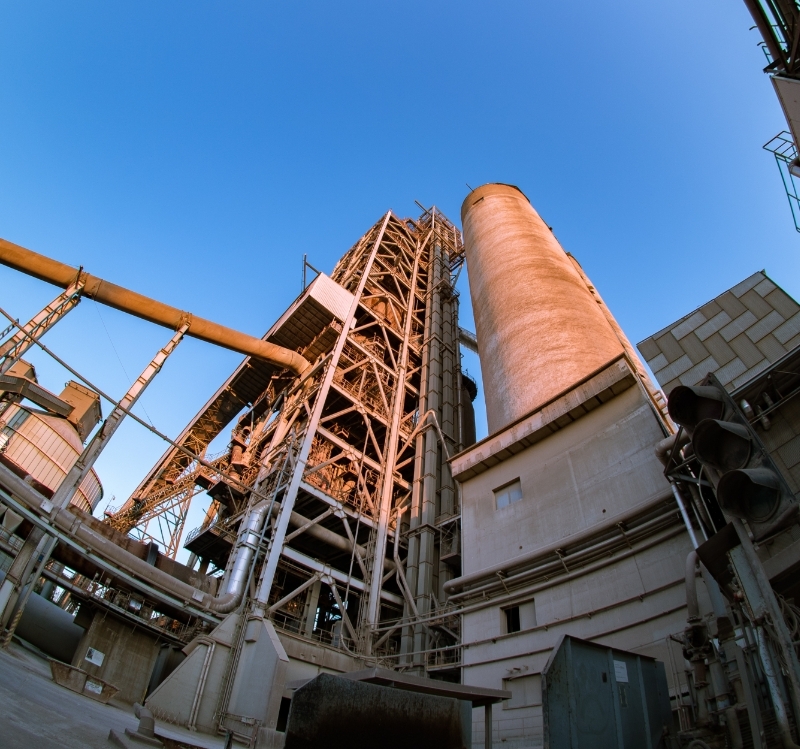Rohožník Cement Plant
The plant in Rohožník covers an area of 750,000 m² and employs approximately 210 people. Construction of the cement plant began in 1971 and the first clinker was produced in 1976. Since that time, the plant has undergone numerous changes and today is among the most modern plants in Central and Eastern Europe.
The production portfolio in Rohožník includes grey and white cement and special binders. As cement production is among the most energy-intensive industries, our goal remains to continuously optimise our energy sources.
Hotdisk installation in 2005 and the unique ReduDust process in 2013 made significant contributions towards making greater use of alternative fuel sources in production. Co-processing over 80% of alternative fuels, preserving by that conventional energy sources such are gas and coal.
The primary benefits are reduced reliance on traditional raw materials, waste energy recovery, a reduction in mining and the usage of natural limestone, and a significant reduction in CO2 emissions. The ReduDust technology in particular facilitates the effective recovery of technical salt dusts and their reuse in cement production. Waste Heat Recovery system commissioned in 2016 is recuperating heat and producing own electrical energy up to 5 MWh.
In 2021 plant has started to use artificial intelligence prediction models to control product performance and provide best possible support for customers.

Hotdisk installation in 2005 and the unique ReduDust process in 2013 made significant contributions towards making greater use of alternative fuel sources in production. Co-processing over 80% of alternative fuels, preserving by that conventional energy sources such are gas and coal.
The primary benefits are reduced reliance on traditional raw materials, waste energy recovery, a reduction in mining and the usage of natural limestone, and a significant reduction in CO2 emissions. The ReduDust technology in particular facilitates the effective recovery of technical salt dusts and their reuse in cement production. Waste Heat Recovery system commissioned in 2016 is recuperating heat and producing own electrical energy up to 5 MWh.
In 2021 plant has started to use artificial intelligence prediction models to control product performance and provide best possible support for customers.
